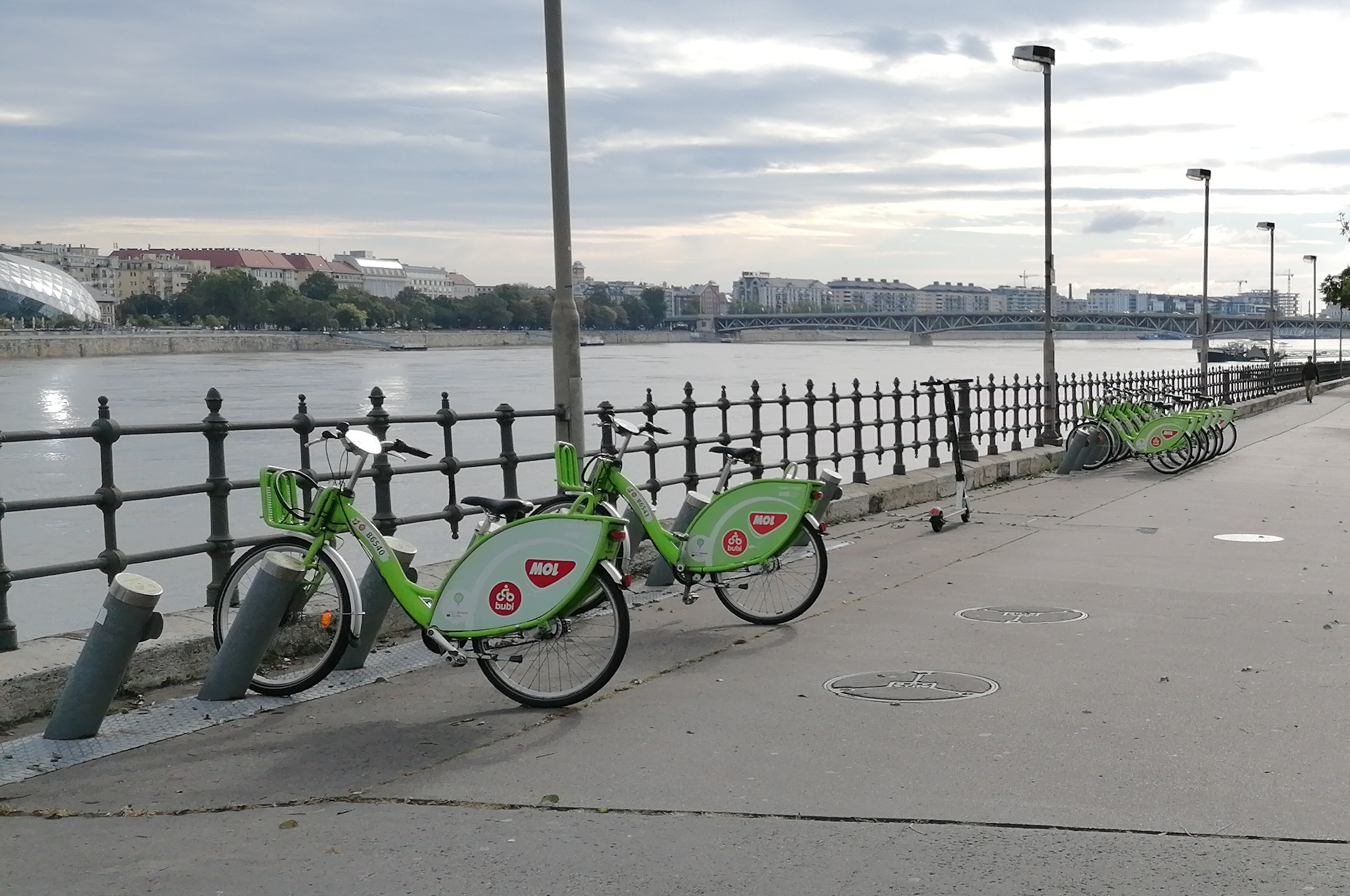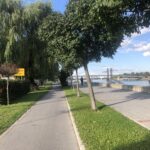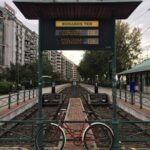by Novisad_B & Beograde_B

Cycling is likely to become the fastest growing mode of transport. The study on sustainable mobility perspectives predicts bike riding to increase by 18% until 2030 in the world’s largest cities (Kantar’s Urban Mobility Study). Numerous infrastructure projects around the world include expansion of cycle lanes and bike-sharing schemes with the common aim of contributing to the new urban mobility solutions.
Among other common features, Danubian cities are defined by one of the first river cycle paths. Our research is focused on the bikeability potentials of the small and medium size cities on the Danube. The site research was done in Vienna (Austria), Bratislava (Slovakia), Budapest (Hungary), Novi Sad (Serbia), Belgrade (Serbia) and Călărași (Romania). Examined cycling paths are selected based on the existing connections between different functions in the city and in the relation to the Danube river, linking city residential quarters and the university, including different public spaces, frequent public transport nodes, touristically attractive sight and/or recreational routes along the Danube, which are compatible for everyday commuting, recreation and sightseeing.
Research is concentrated around the physical obstacles and hindrances of the cycling lanes, as well as on the possibilities for the integration of the wider spatial forms of the city (suburbia and agglomeration) into the cycling infrastructure. Common research findings are related to unsuficies and interrupted and narrow cycling lanes, conflict junctions and usage conflicts between pedestrians, cyclists and motorised traffic, demonstrating the general need for more developed and integrated cycling infrastructure (new continual cycling paths and networks, B+R (Bike&Ride, etc).
The common conclusion is that the best description for cycling is sustainable mobility that constructs efficiency in both the economic and health aspects. Examples of different routes that the groups analyzed – whether cycling from an urban district to a university or a business-home distance or a path that combines different environments, all proved that it is possible to cross some specific points in the city by bike in the fastest, healthiest and cheapest way. Urban cycling along the Danube brings with it many qualities, and it has enormous potential. However, the conclusion is that cycling is still not present to a sufficient extent. In each of the cities, problems of a similar nature arose. The lack of a bike path that is isolated and intended exclusively for cyclists is the main problem. Then, the materialization of the tracks indicate unsafe cycling conditions for both the person on the bike and the people moving around. Parking spaces are not too common, which indicates that the public space is not adapted to cyclists or this type of traffic.
Common to all groups is the proximity of the Danube and linearity of the cycling route that follows the linear flow of the Danube. Each of the groups noticed that in certain areas the cycling route is well marked and isolated, while in others it is not, but overlaps with different types of traffic, which can cause unsafe road conditions. Certain cities had a positive reaction because the trail was more accessible than they thought, while other groups had the opposite experience.


